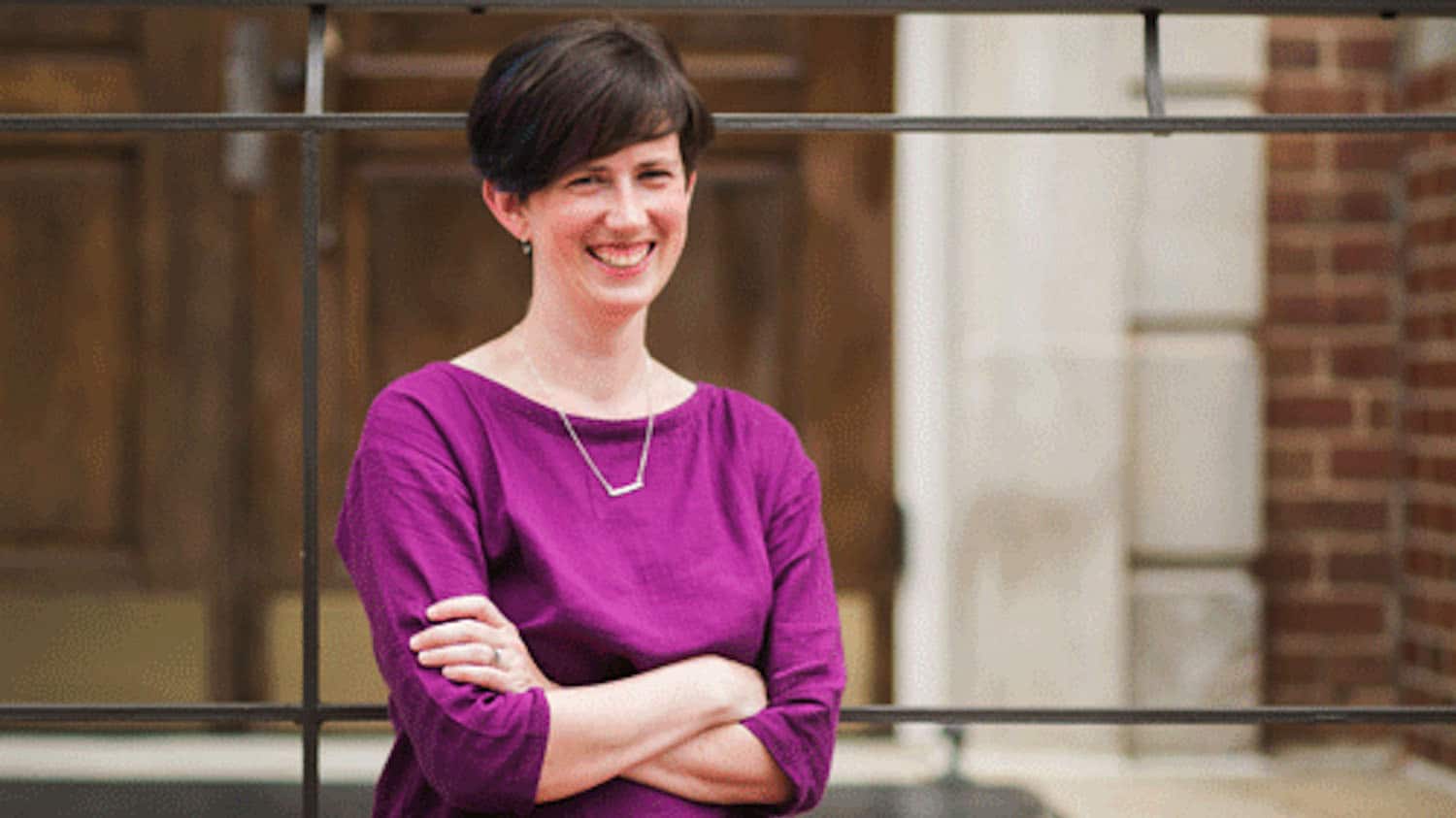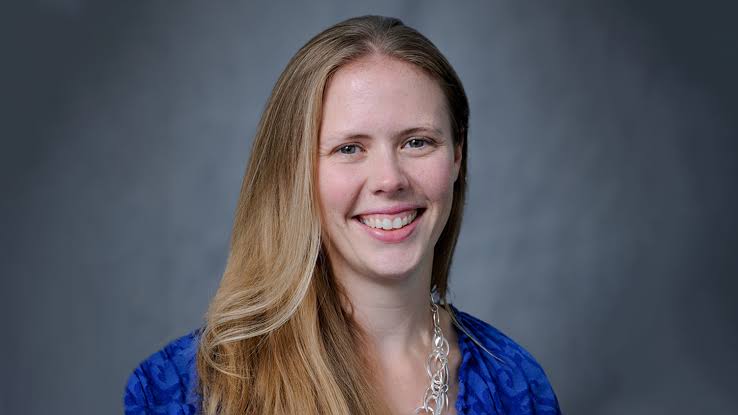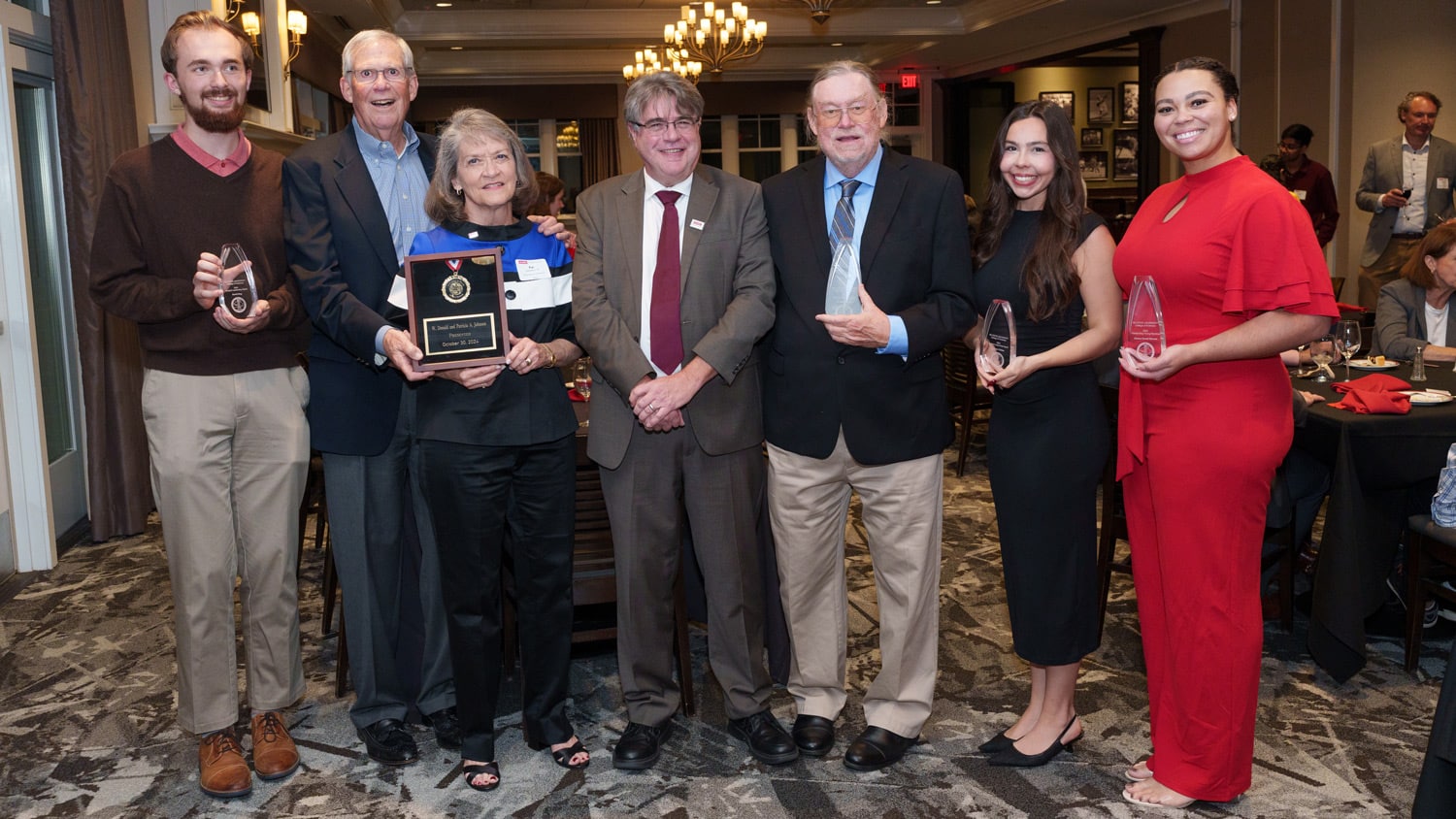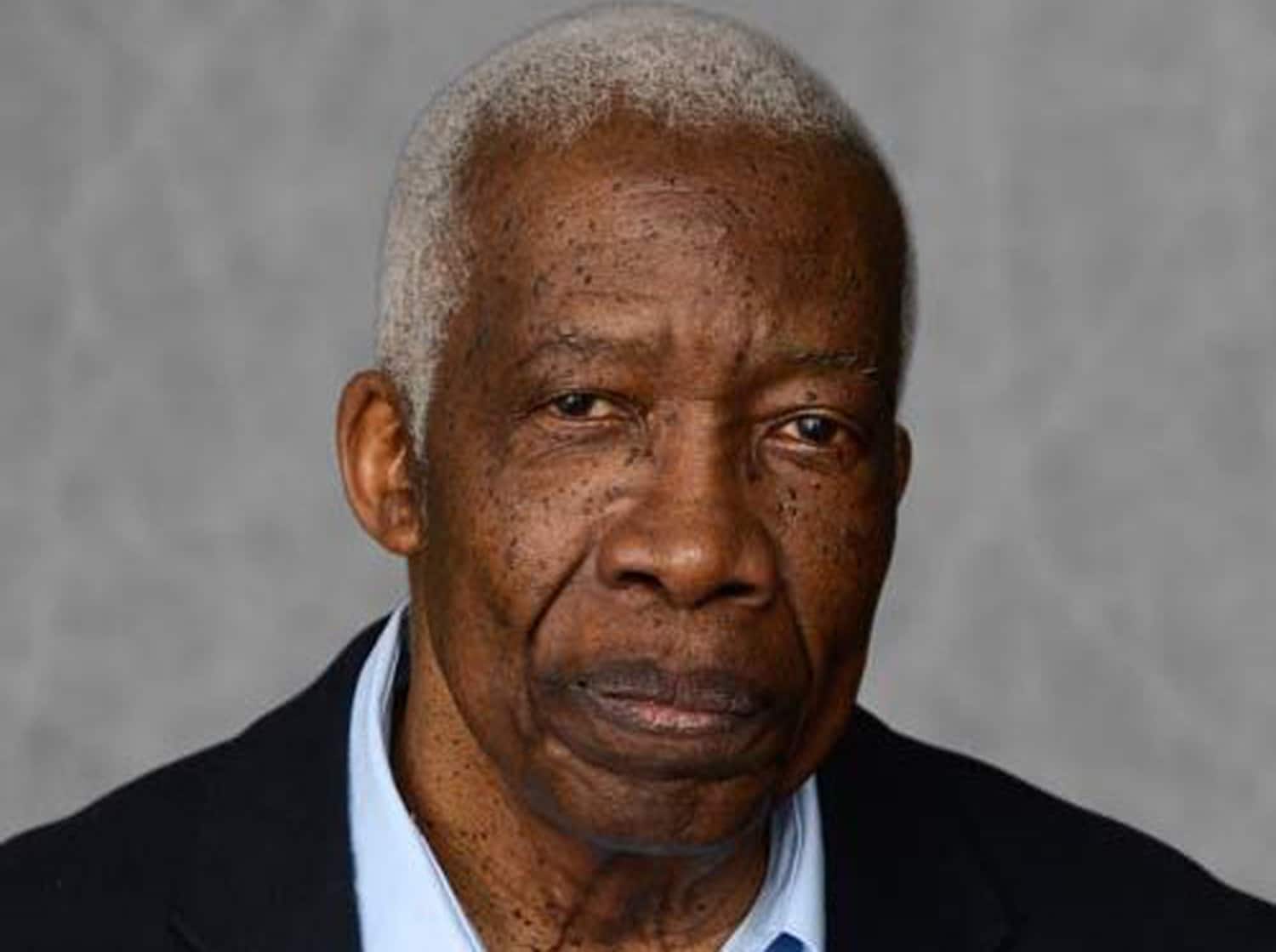Team Led by NC State Biophysicist Awarded $1.2 Million to Develop Cyborg Cells

A team led by Mary Williard Elting, an assistant professor in the Department of Physics, has been awarded $1.2 million from the National Science Foundation (NSF) to build synthetic cytoskeletons inside of living cells.
This award is part of the “Understanding the Rules of Life” portion of NSF’s 10 Big Ideas for Future Investments Initiative. Its goal is to overcome challenges in understanding the living world from the molecular scale to the biosphere.
The team’s project, entitled “CYBORG cells: Modular integration of synthetic organelles into living cells,” aims to make hybrid cells with living and artificial parts, known as cyborgs, in order to examine how cellular organelles function together as modular units. Such synthetic organelles hold promise to provide prosthetic function to replace or augment native organelles, and have the potential to confer new and enhanced cellular functions. The research aims to provide an innovative approach to understand modularity and proof of principle towards the development of hybrid cells.
“This project gives us the chance to build new tools to control the things that cells do — the shapes they take, how they move and where they go,” Elting said. “With this approach, we’ll be able to test our understanding of what makes cells behave the way we do, so that we can predict and enable new capabilities. We’ll also be able to test whether each component of a cell performs its job independently, or whether it is too interconnected to manipulate its parts without disrupting the whole system.”
Elting, the grant’s principal investigator, will lead an interdisciplinary team of physicists, engineers, cellular biologists, theoretical chemists and social scientists including Saad Bhamla at Georgia Tech, Fred Chang at the University of California San Francisco, Jane Maienschein at Arizona State University and Aaron Dinner at the University of Chicago. The project developed from a week-long NSF IdeasLab workshop, where the team brainstormed creative, transformative and collaborative ideas on how to build a synthetic cell.


